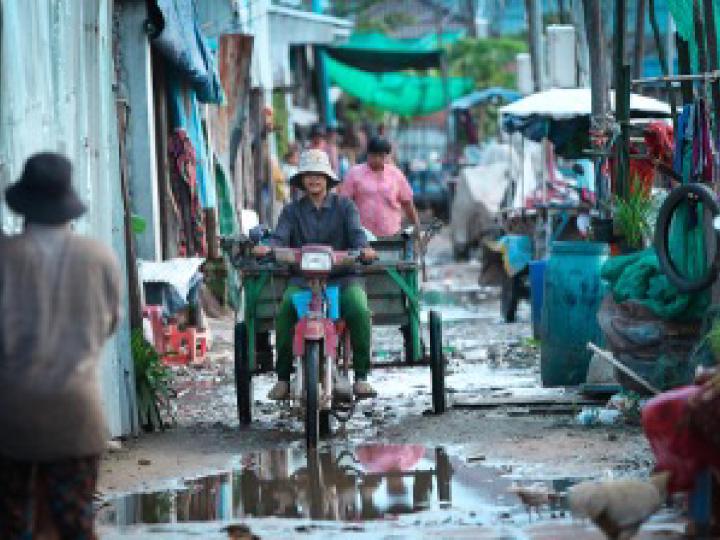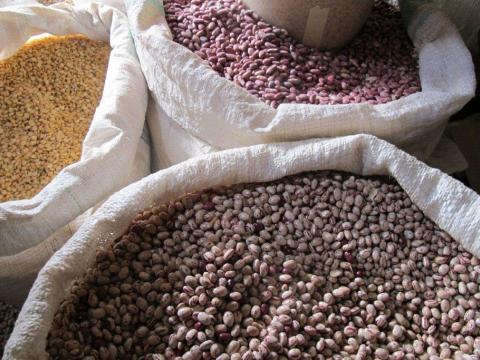
Nutrition and Agriculture
Nutrition and Agriculture
Improving Nutrition through Agriculture
Food is produced through agriculture, yet many of the world’s undernourished children live in families who farm for their livelihood. One key reason for this irony is that much agricultural production focusses on staple crops, such as rice, maize and cassava. These foods provide energy but are lacking the variety of nutrients essential to healthy growth and development. Interventions designed to improve agriculture often focus on increasing the yield of these staple crops. A much greater impact on nutrition can be achieved by shifting the main focus to increasing the variety of nutrient-rich foods produced and consumed by smallholder farm families. This requires explicitly building nutrition objectives into agriculture programme designs, empowering women smallholder farmers, and incorporating nutrition education with agriculture interventions.
Priority Objectives to enhance nutrition in agriculture programmes (World Bank)
- Invest in women: safeguard and strengthen the capacity of women to provide for the food security, health, and nutrition of their families.
- Increase access to year-round availability of high-nutrient content food.
- Improve nutrition knowledge among rural households to enhance dietary diversity.
- Incorporate explicit nutrition objectives and indicators into agriculture investments.
How Does World Vision Respond?
Nutrition Clubs in Vietnam
World Vision Vietnam’s Nutrition Clubs provide a sustainable, community-based forum for multi-sectoral action to address childhood undernutrition. Read More
Integrating Health and Agriculture for Improved Nutrition in Ghana
Since 1996, World Vision has implemented a series of integrated nutrition, health and agriculture projects in Ghana, achieving significant improvements to the nutrition and health status of women and children. Read More
The Graduation Approach in Sri Lanka
In Sri Lanka, World Vision integrates a "graduation model" with its nutrition programming, for a sustainable path to better nutrition. Read More
Biofortified Crops
World Vision integrates biofortified nutritious crops into comprehensive food and nutrition security efforts in countries with high burdens of hunger and malnutrition, in partnership with HarvestPlus. Read More
Technical Resources
Hunger Alliance Policy Brief: Small scale, big impact: Smallholder agriculture’s contribution to better nutrition (profiles World Vision's integrated micronutrient and health programme (MICAH) in Ethiopia, Ghana, Malawi and Tanzania. Micronutrient deficiency and child malnutrition were reduced in most countries in this 10-year CIDA-funded programme which reached 6 million villagers through diversifying diets. This included growing fruit and vegetables and raising small-scale livestock, supplementation, fortification, infant and child feeding practices, clean water and sanitation, and disease control).




